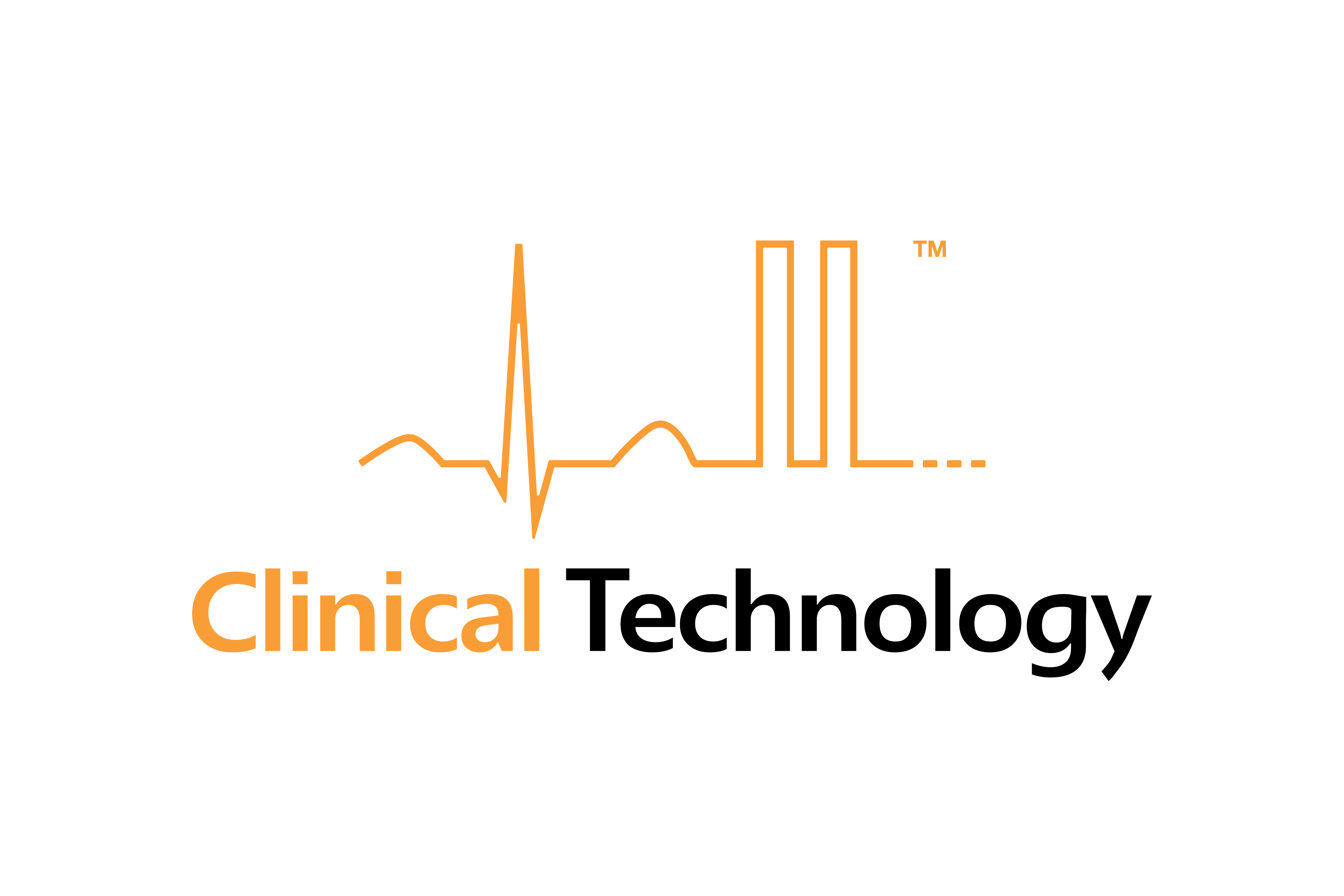



It would be outside of the scope of this web page to provide a comprehensive discussion on electrocardiography. Instead, I have focused on the sub-topics relative to the discussion of wearable devices and the ECG marketplace as the focus of Clinical Technology is the BioInsight ecosystem focus. It is one part clinical, one part biomedical engineering, and one part clinical device workflow, and one part marketing. Before you can discuss the problems and solutions for the market, you first have to understand the realities of the environment. These are some of the realities of clinical electrocardiolography to be considered here.
As I have said before, in order to understand the future, you first have to understand the present.
QRS Morphology
 |
The QRS morphology refers to the shape of the electrocardiogram waveform as depicted by an electrocardiograph whether it be on a screen or paper. As the waveform is depicting the physiological occurrences that the waveform represents. The P wave represents repolarization. The P wave is important as a fiducial point to identify the onset of the QRS complex. This fiducial point is marked as to P wave onset and P wave offset in long QT clinical drug studies, as is the T wave. |
ECG Conduction
 |
The ECG waveform that we sense and display from the electrocardiograph is recording the sequence as the heartbeat originates in the Sino Atrial or (SA) node, conducts through the Bundle of His, out to the ventricles. The length of time that this cycle takes is called the QRS duration and the normal time interval for QRS duration is >440 msec. QRS duration > 440 msec is called QRS prolongation. The QRS duration varies with age. It is short in infants and increases with age. The QRS duration is prolonged in conditions grouped as ventricular conduction disturbances, which include RBBB, LBBB, preexcitation (e.g., WPW preexcitation), and intraventricular block (as seen in hyperkalemia, toxicity from quinidine or procainamide, myocardial fibrosis, myocardial dysfunction of a metabolic or ischemic nature). Ventricular arrhythmias (e.g., premature ventricular contractions, ventricular tachycardia, implanted ventricular pacemaker) also produce a wide QRS duration. Because the QRS duration varies with age, the definition of bundle branch block or other ventricular conduction disturbances should vary with age
For more information on QRS prolongation, it has its own section here |

Rhythms
When the heart beats at its integral pace, it is being paced by the sinoatrial node that is firing atop the atrium, and the beat conducts through the Bundle of HIS to the ventricles. This creates a cadence of normally shaped, normally spaced QRS complexes.
Rhythms – atrial
- Normal Sinus Rhythm
- Sinus tachycardia
Rhythms – ventricular
Rhythms – supraventricular
QRS Duration
 QRS duration refers to the amount of time required for one cardiac cycle to occur.
QRS duration refers to the amount of time required for one cardiac cycle to occur.
The 12-lead Electrocardiogram
A 12-lead electrocardiogram is considered the gold standard report type in the industry. Vendors may deviate with the style, for instance provide 15-lead interpretation/depiction
Single Lead versus 12-lead ECG.

Guidelines:
American College of Cardiology
ST Segment
Method of composite beat determination – In order to measure the ST segment on a moving waveform requires some help from a computer. The basic process is to create a dominant waveform shape. There are two basic methods:
Averaging –
Incremental updating – The Marquette (now GE) ST measurement process migrated over from the early CASE (computerized assisted system for electrocardiology) that was based on a DEC 11/23 (mainframe) processor, so they had the luxury of computer power to create an algorithm that was more mathematically intensive but was better able to only integrate normal wave shapes. In other words, any non-normal beats could be classified more correctly as ventricular, and thus debited from the cohort, which was really just a 2D template matching model. There was no AI in 1983 when the CASE stress testing system was first released by Marquette Electronics.
ECG Methodologies
- 12 lead ECG
- Rhythm strip
- 24 Hour ambulatory ECG – single lead
- 24 hour ambulatory ECG – multi-lead/12-lead
ECG & Interpretive Algorithms/AI
Your content goes here. Edit or remove this text inline or in the module Content settings. You can also style every aspect of this content in the module Design settings and even apply custom CSS to this text in the module Advanced settings.
Heart Rate Variability (HRV)
Your content goes here. Edit or remove this text inline or in the module Content settings. You can also style every aspect of this content in the module Design settings and even apply custom CSS to this text in the module Advanced settings.
Atrial Fibrillation
A
Electrophysiology
Your content goes here. Edit or remove this text inline or in the module Content settings. You can also style every aspect of this content in the module Design settings and even apply custom CSS to this text in the module Advanced settings.
Lead Placement
Your content goes here. Edit or remove this text inline or in the module Content settings. You can also style every aspect of this content in the module Design settings and even apply custom CSS to this text in the module Advanced settings.
References
References
- American Heart Association
- https://www.ncbi.nlm.nih.gov/pmc/articles/PMC7781268/
- Science Direct https://www.sciencedirect.com/topics/medicine-and-dentistry/qrs-interval
Interpretation
Serial comparison / Serial presentation.
US Reimbursement Codes
Any discussion of medical device prototyping in the US for reimbursable is not complete unly you have contemplated the reimbursement codes as they directly affect the ROI on the clinician device
